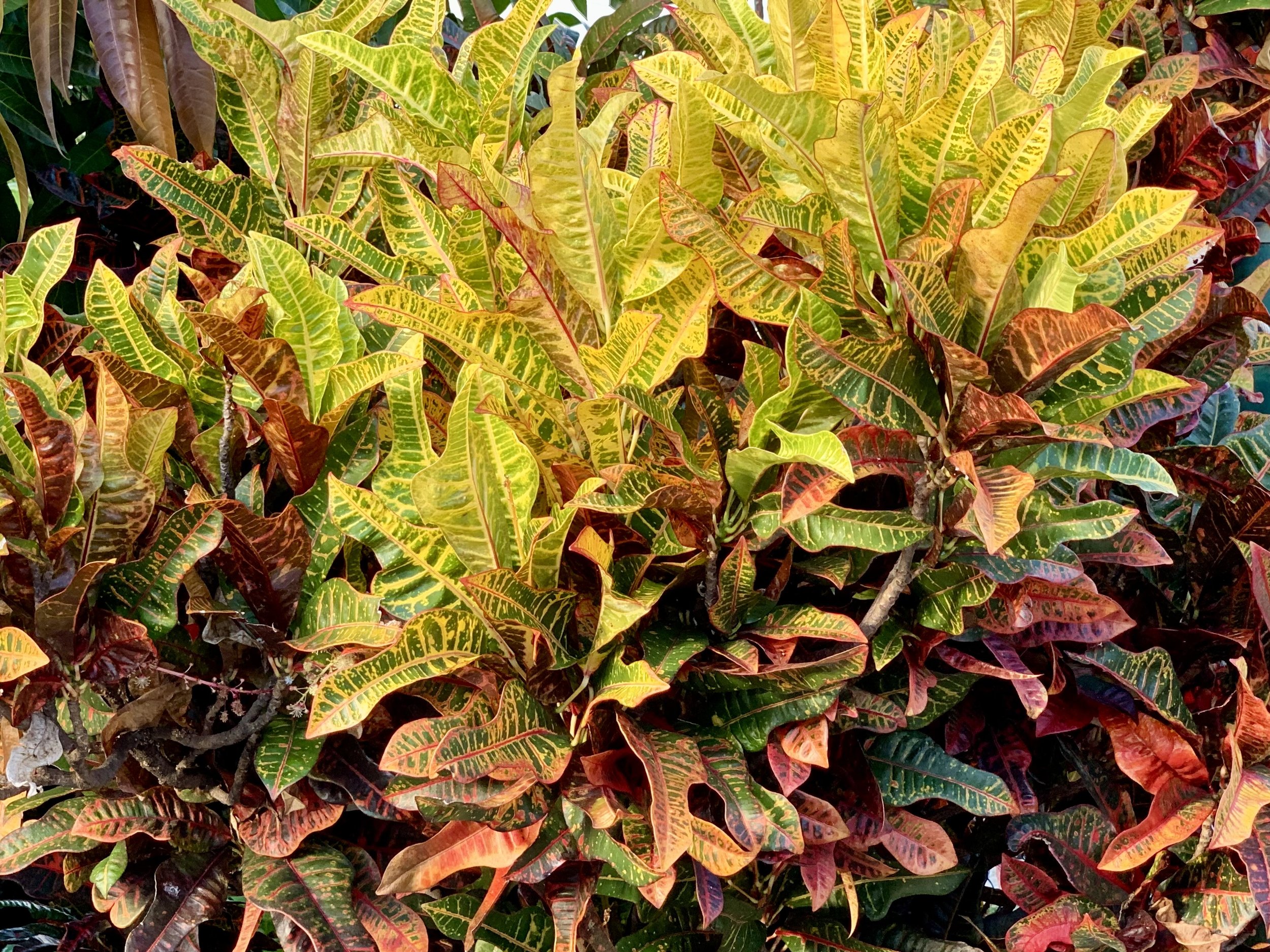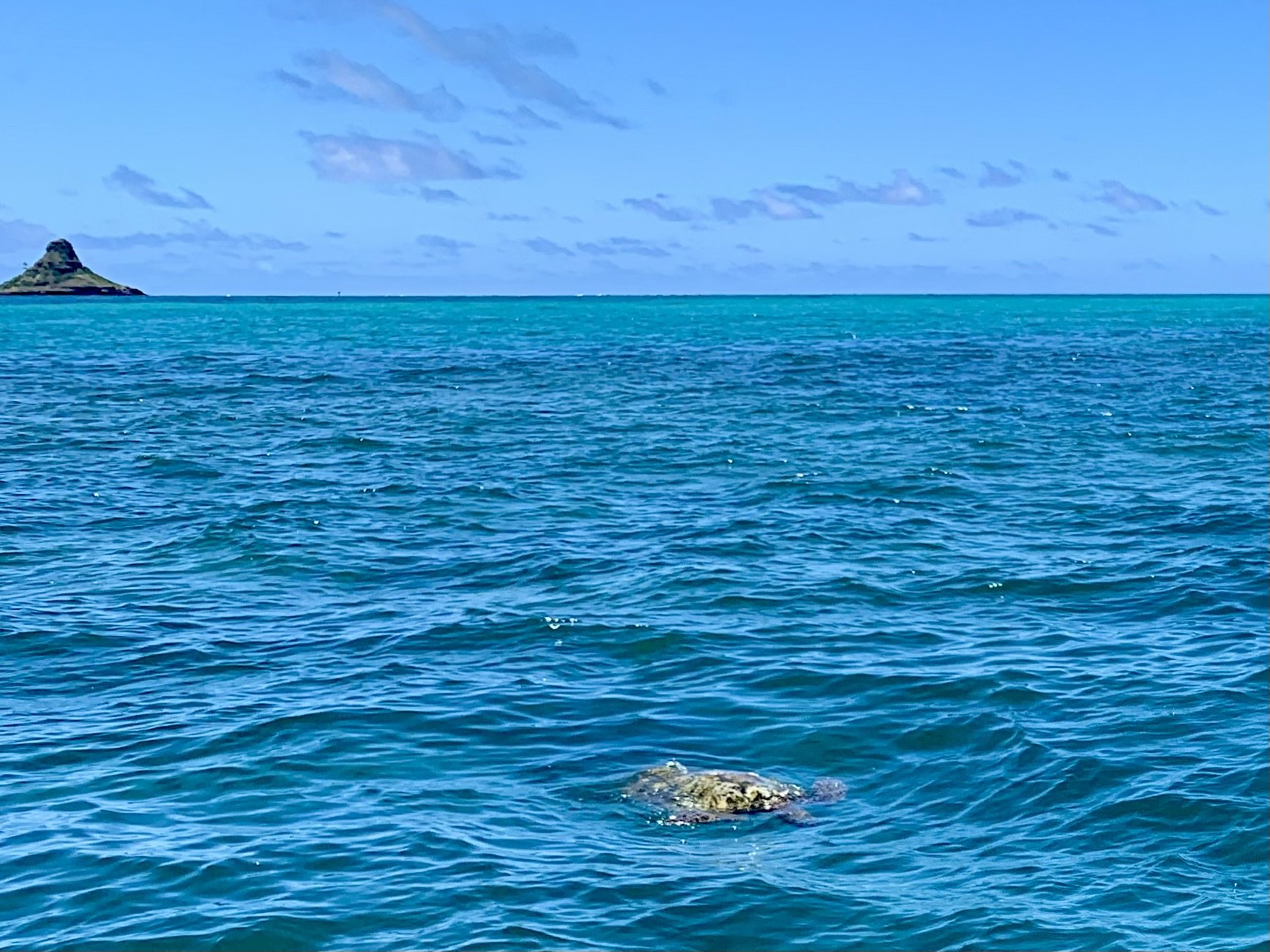Engaged Yoga
Engaged Yoga: Read about Paul’s travels, musings, and what yoga and movement mean in his everyday life.
I've lived in New York City for close to 39 years. A long while back — sometime in the 90's, I believe — a family friend from Hawaiʻi was visiting NYC. He said something to me that I haven't forgotten. Paraphrasing from memory here, he said: "Paul, don't take this the wrong way, but you're too nice to be a New Yorker." I think initially I was mildly offended. Having lived here in NYC for all this time, it’s easy to come to believe that being "too nice" is not a good thing. But in reality, it may actually be a strength rather than a liability. In truth, I am who I am mostly in part because of where I came from — Hawaiʻi. I come from a place where the Spirit of Aloha is a powerful essence embedded deeply within the cultural heritage of the people who grew up there. Itʻs hard to shake off our cultural roots and traditions.
Keoni Movement Arts
It may be cold outside, but that doesn’t mean you can’t warm up inside! Join us in the comfort of your own home in one of our virtual classes, running now through March 26.
Enjoy the KMA Twitter feed below. To read more, check out our founder Paul Keoni Chun’s blog Engaged Yoga.



